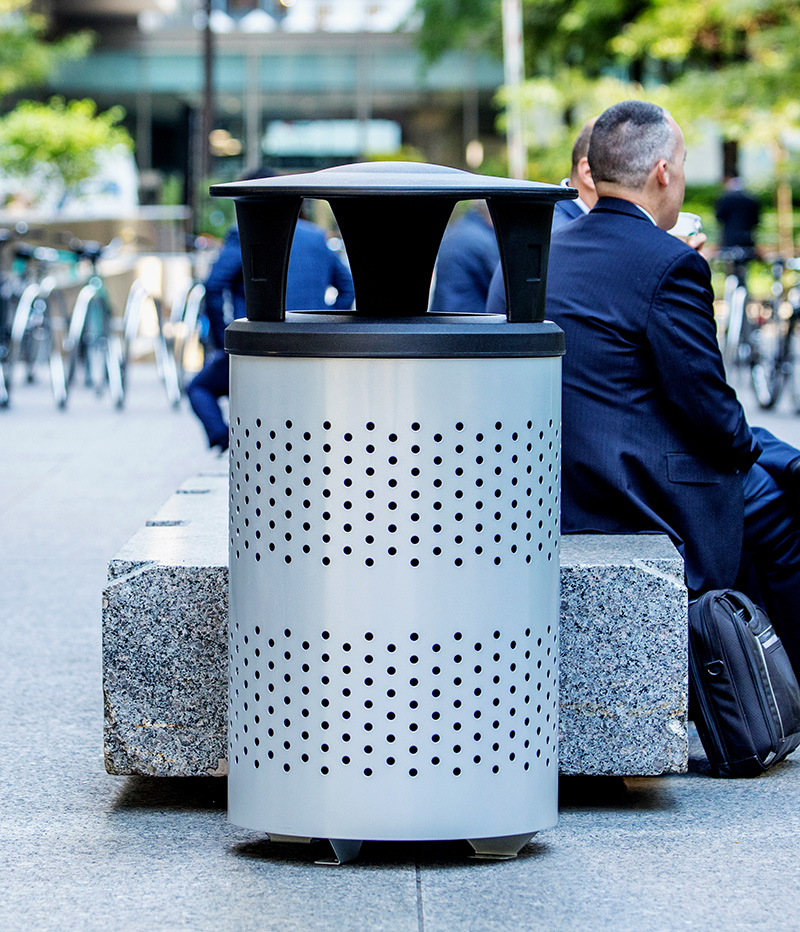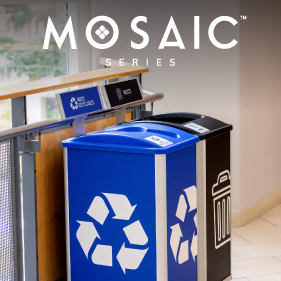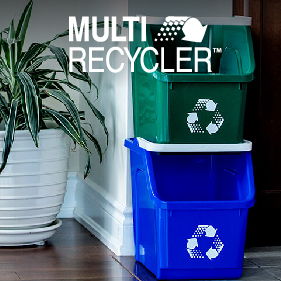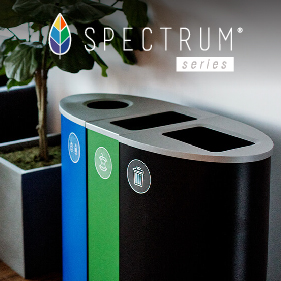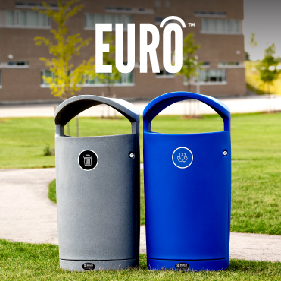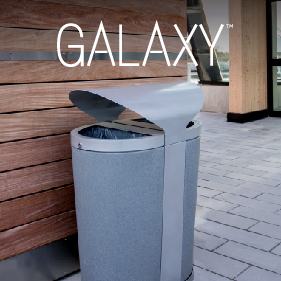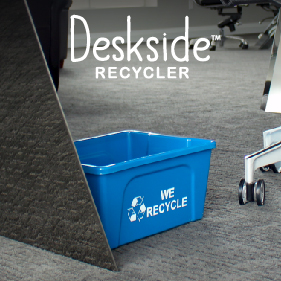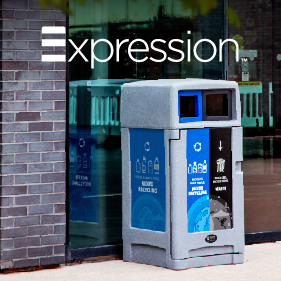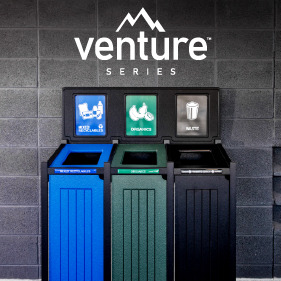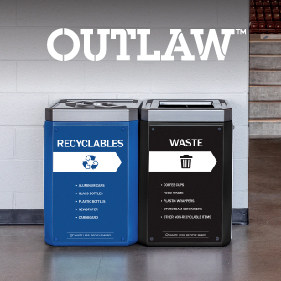RecyCling
and Waste
Containers
Built for
Real Impact
#1 Rated Brand
Great People Working Together to Create Positive Change in the World
Our mission is to support everyone who cares about waste diversion with leading edge products and services that maximize the quantity and quality of their recycling program.

Innovation drives everything we do—which is why we've partnered with CarbonGraph to accurately measure the carbon footprints of our products.
This cutting-edge technology tracks greenhouse gas emissions throughout a product’s entire lifecycle, from raw material extraction to final use, helping us make smarter, more sustainable choices.

Busch Systems is proud to support Plastic Bank’s Social Recycling movement.
Plastic Bank is an initiative that helps stop ocean plastic while improving lives in vulnerable communities. Since 2023, this partnership has prevented the equivalent of 6.8 million plastic bottles from entering the ocean by supporting ethical collection efforts that also provide income opportunities to those in need.

‘B Corp’ is a certification for companies that meet high standards of social and environmental impact.
At Busch Systems, maintaining our B-Corp certification is one of the ways we demonstrate our active commitment to reducing waste, building community, and doing what we can to leave the world better than we found it.
Our goal is to lead through innovation so we can empower you with the tools and resources that will make a positive impact on our environment.
Industries We Proudly Serve
Colleges and Universities
Implementing an effective recycling program at your school can generate revenue and save tens of thousands of dollars a year in maintenance costs
Product Recommendations
Architectural Services
The design of a building and how it complements a recycling program can be a powerful tool to shape recycling behavior.

Product Recommendations
Corporate Offices
Employees are highly motivated to work for companies that are aligned with their values and authentically “walk the talk”.

Product Recommendations
Parks and Recreation
Implementing an effective recycling program can generate revenue and save tens of thousands of dollars a year in maintenance costs
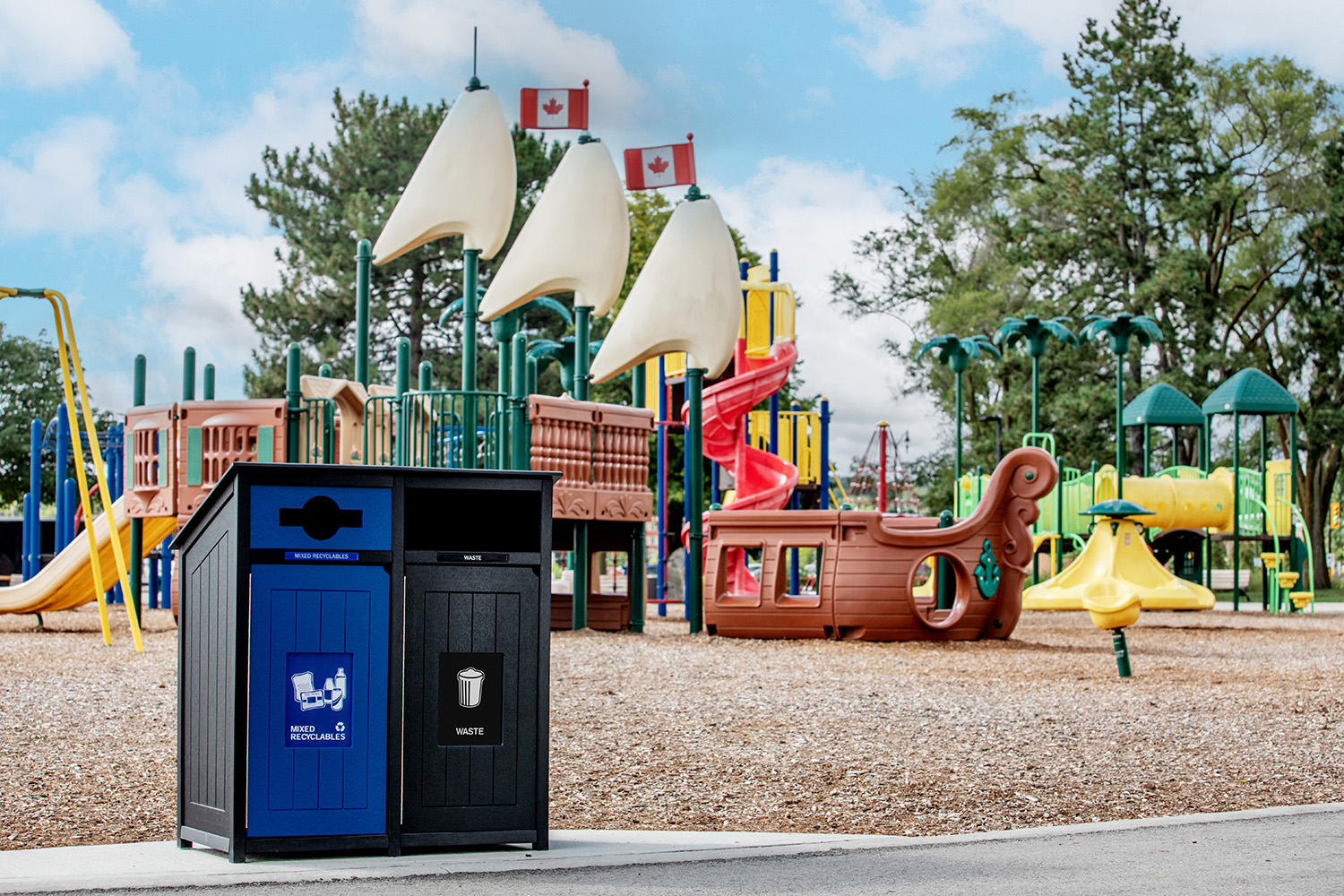
Product Recommendations
Municipalities
Implementing an effective recycling program can generate revenue and save tens of thousands of dollars a year in maintenance costs.

Product Recommendations
Trusted by Over 40,000 Organizations






Explore Articles

40 Years of Recycling Innovation: A Barrie 360 Podcast Interview with Craig Busch

Microplastics and Misconceptions with Zoe Bystrov
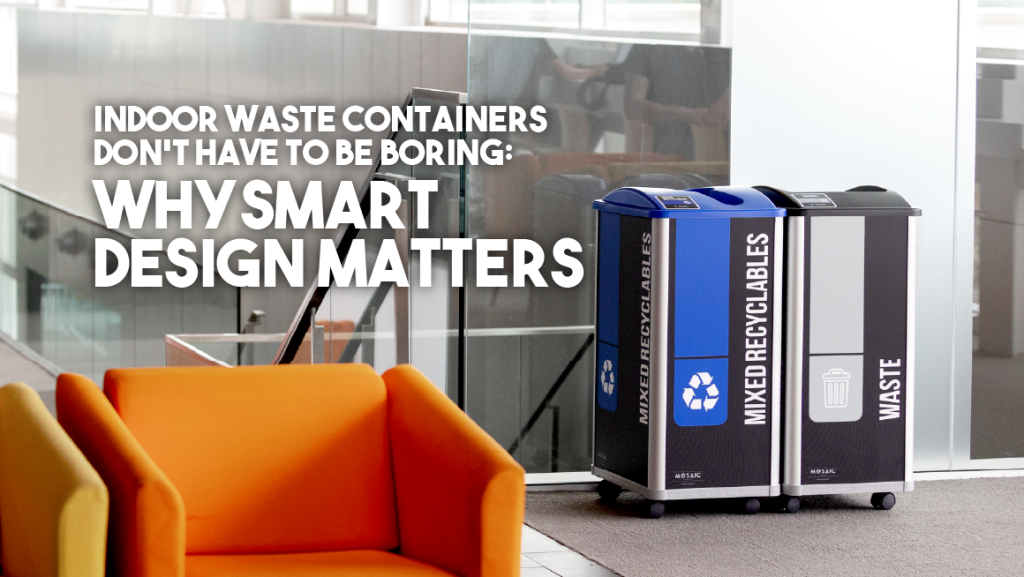
Indoor Waste Containers Don’t Have to Be Boring: Why Smart Design Matters
Learning Center

